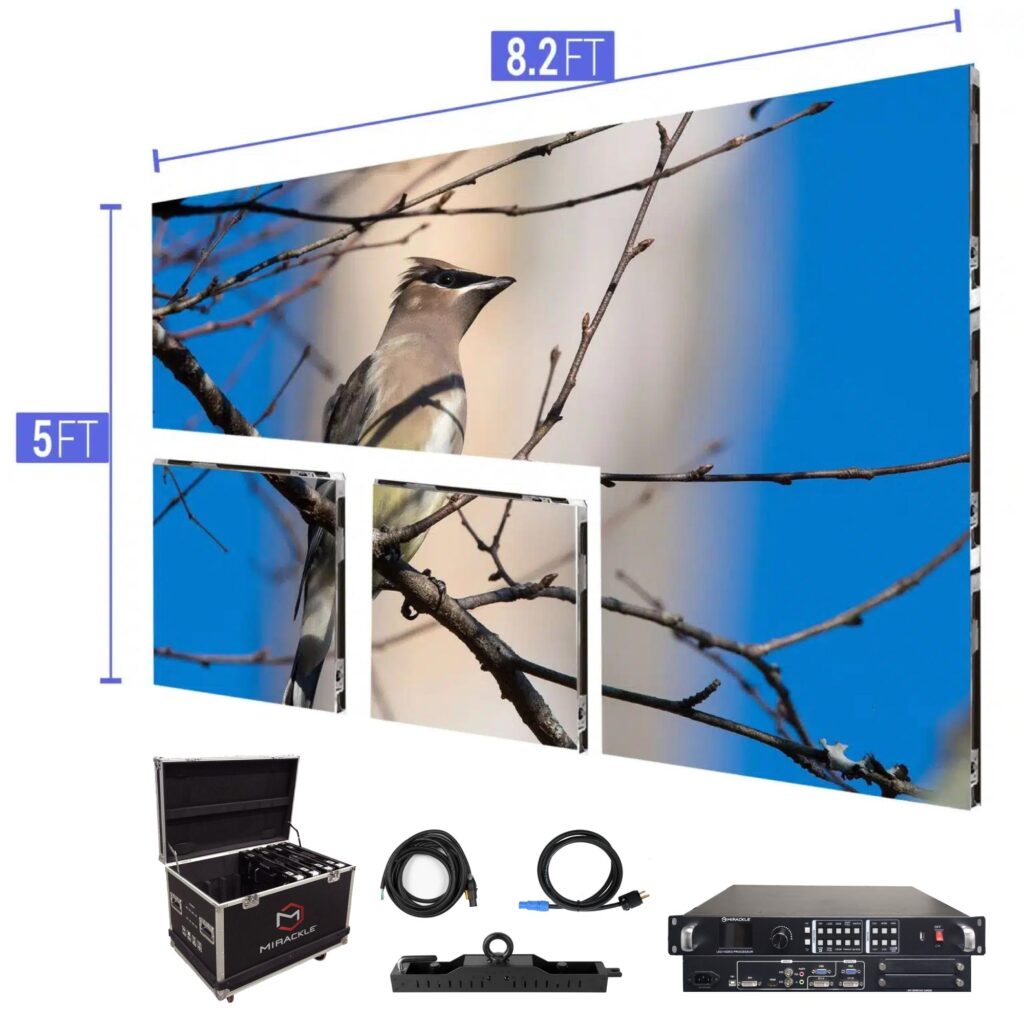Examining the Diverse Integration Options Offered for LED Wall Modules
Examining the Diverse Integration Options Offered for LED Wall Modules
Blog Article
Light Emitting Diode wall panels have secured popularity for their ability to deliver crisp imagery in multiple settings, from professional environments to entertainment venues. One of the most significant aspects of these systems is their interface capabilities, which allow users to connect them to multiple devices and systems. Comprehending the diverse connectivity options available for LED wall panels is vital for enhancing their use and effectiveness. This article details these features, showcasing how they can adapt to specific needs and preferences.
One frequent interface method for Light Emitting Diode wall panels is HDMI. High-Definition Multimedia Interface is broadly recognized for delivering high-quality video and audio streams between devices. This connection type is especially beneficial in commercial environments, such as meeting spaces or classrooms, where visual content or video content are often displayed. By using HDMI cables, users can seamlessly connect laptops, projectors, and streaming equipment to LED wall panels, ensuring a sharp and dynamic presentation of information.
Another commonly used connectivity method is DisplayPort, which is similar to High-Definition Multimedia Interface but offers enhanced advantages. DisplayPort can support elevated refresh rates and display outputs, making it an excellent choice for interactive media or graphic-intensive applications. For those using Light Emitting Diode wall panels in settings where performance is critical, such as competitive gaming venues or design studios, DisplayPort can provide the required visual clarity. Additionally, many modern computers and graphics cards feature Display Port connections, making it a practical solution for technology-oriented users.
In addition to High-Definition Multimedia Interface and Display Port, wireless connectivity options are becoming progressively common in LED wall panel technology. Wireless interfaces allow operators to share content without the need for physical cables, promoting a cleaner and more adaptable configuration. Platforms such as wireless internet and Bluetooth enable users to link smartphones, tablets, and laptops seamlessly to Luminescent Diode wall panels without cumbersome wires. This convenience is particularly advantageous in dynamic environments like trade shows or events, where rapid adjustments to displays are often required.
For extensive installations or more intricate setups, LAN integration through wired networking is another reliable option. Ethernet connections provide a stable and reliable way to integrate multiple Light Emitting Diode wall panels within a system. This setup is ideal for digital signage applications found in shopping malls or airports, where numerous panels may need to present coordinated content across a broad area. By using network cabling click for info and routing hardware, operators can ensure that all linked panels receive consistent updates and content efficiently.
Finally, it's crucial to evaluate the evolution of interface technology with advancements such as USB-C and Thunderbolt 3. These newer connection types offer increased data transfer speeds and versatility by allowing one cable to handle both power delivery and data transmission. As more devices adopt these standards, LED wall panels equipped with USB-C ports will likely become more common. This shift in integration not only improves the capabilities of LED wall panels but also coincides with the emerging trend of minimalism in technology setups by reducing the number of cables required.
In summary, examining the broad interface methods accessible for Light Emitting Diode wall panels reveals many opportunities for find out operators across multiple industries. From conventional approaches like High-Definition Multimedia Interface and Display Port to contemporary cordless technologies and LAN setups, each option serves unique functions suited to specific needs. Additionally, emerging technologies like USB-C promise further advancements in how users interact with LED wall panels. By understanding these connectivity choices, individuals can make informed selections that enhance their overall experience with these versatile display tools.